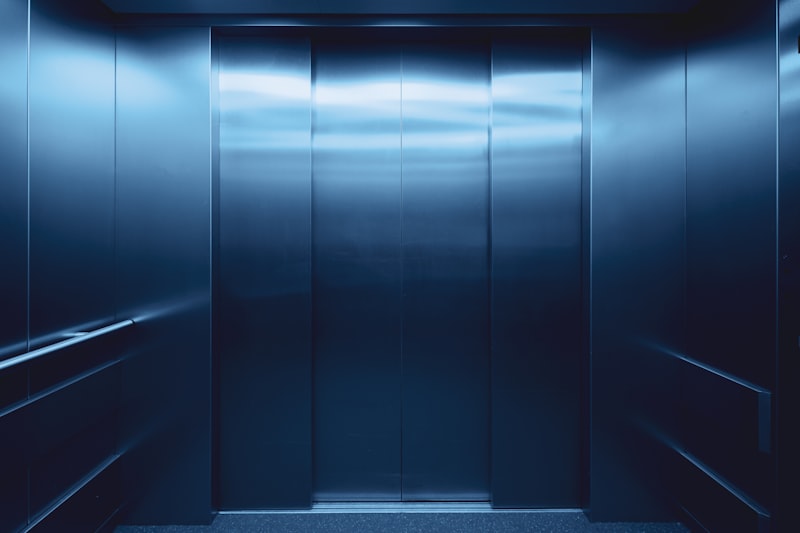Customer-led growth—where your customers are the ones who drive the direction of your business. It's a hot topic in marketing and sales, and it's only getting hotter.
But what is it? What does it mean, and more importantly, how do you do it? This blog post will explain everything you need about customer-led growth.
First things first: Why bother with customer-led growth? Isn't that just another way of saying "customer service?" Not exactly. You can provide excellent customer service without a customer-led growth strategy and vice versa.
Customer service is focused on the interactions between the business and the individual customer. Customer-led growth is focused on investing in long-term relationships with customers so that they're more likely to invest in your business for the long term as well.
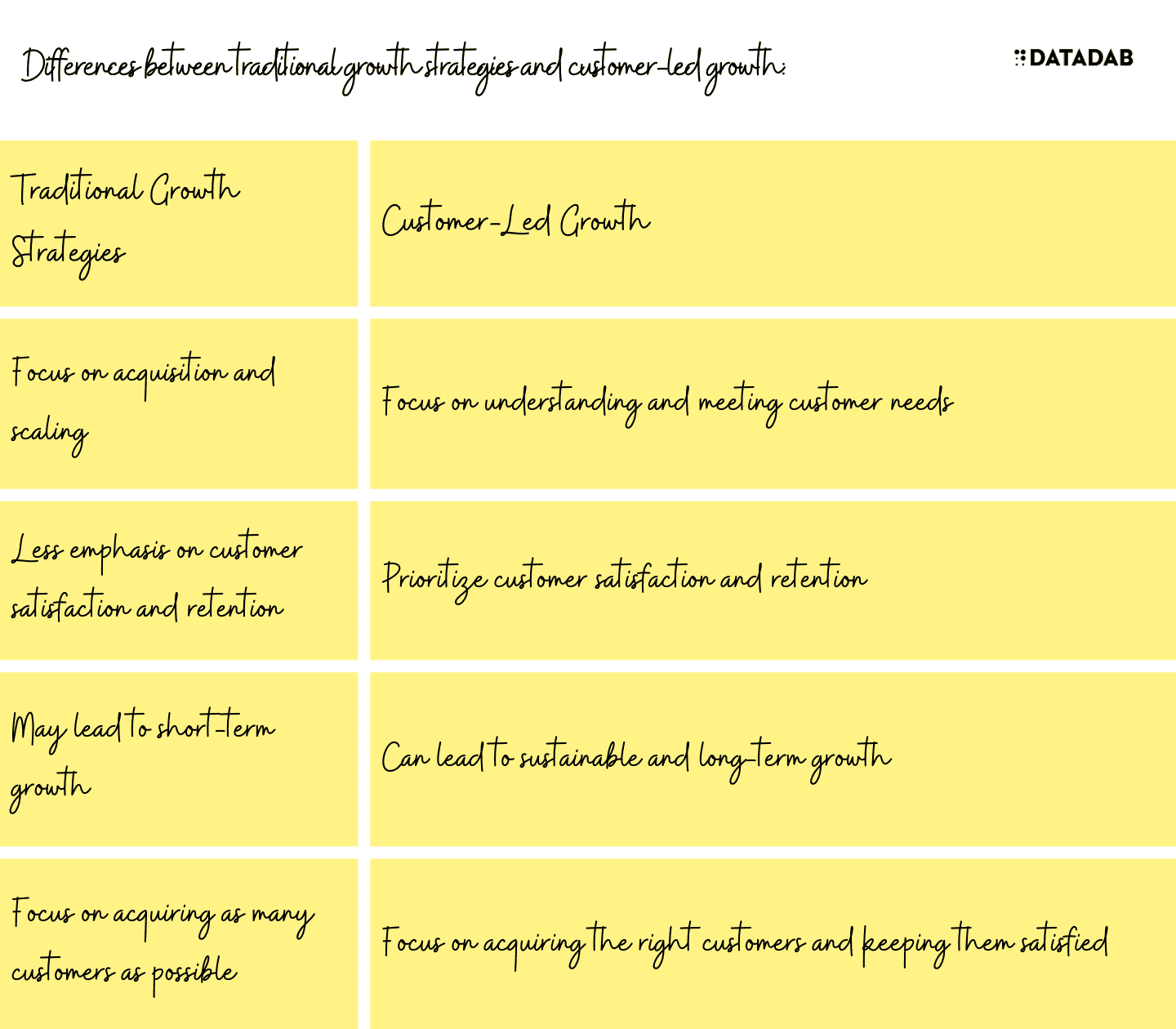
Customer-led growth is a top priority for businesses today.
It's hard to grow a business without customers, so it's no surprise that customer-led growth is a top priority for businesses today.
Customer-led growth is growing through identifying and meeting the needs of your customers. It focuses on understanding and responding to your customer's needs in an agile way instead of relying on historical data or guessing what they need.
Understanding your customers is crucial because they are the heart of any business. Customer-led growth allows you to tailor your products and services to meet those needs, leading to better results for you and your customers!
And this can help businesses identify new growth opportunities, too! When you understand what people are looking for in their products or services—and how you can provide it with yours—you'll be able to expand into other areas as well.
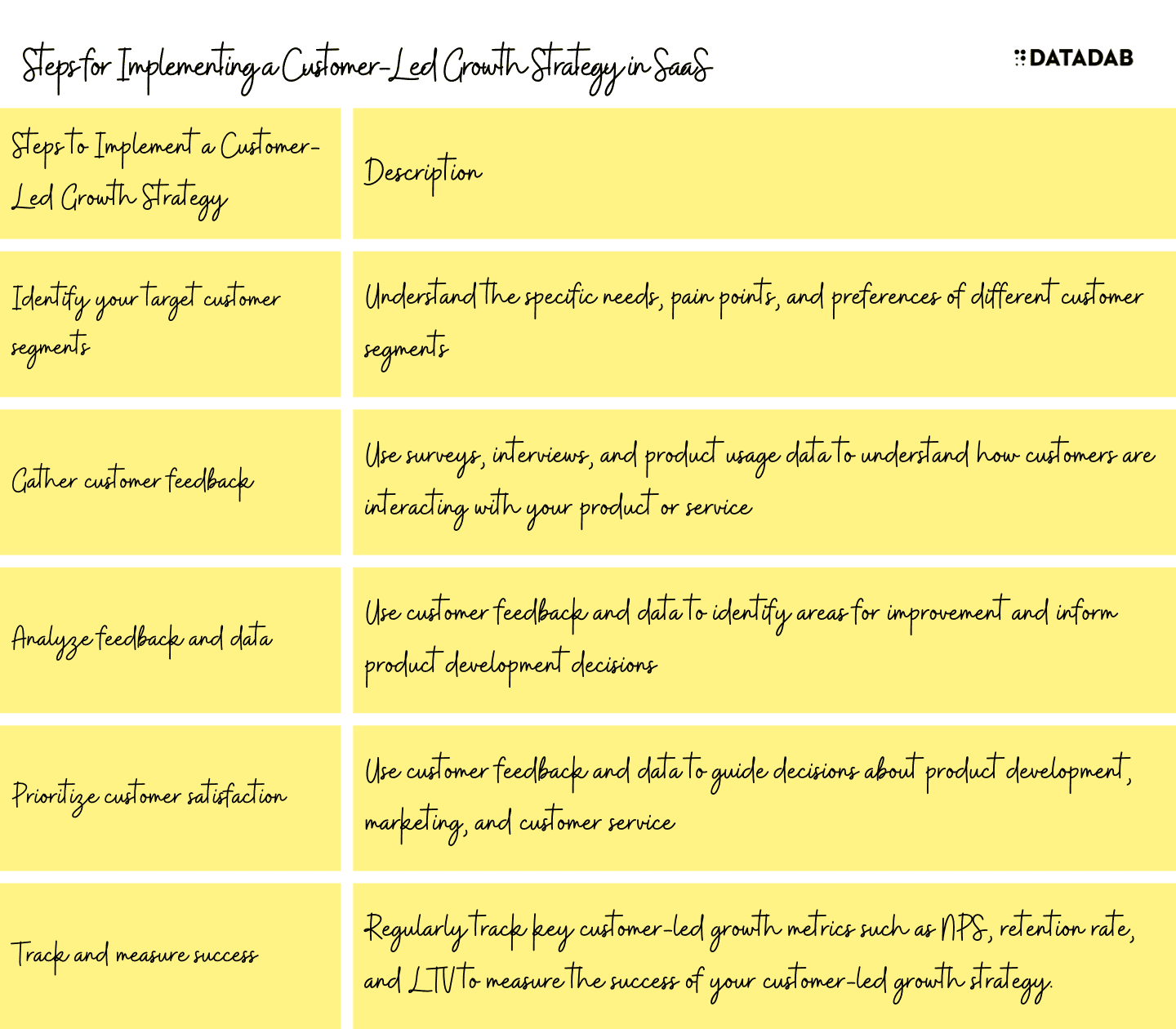
Prioritize the needs and wants of your customers above all else.
The definition of customer-led growth is pretty straightforward: you prioritize the needs and wants of your customers above all else.
This means you focus on delivering value to your customers instead of just pushing sales or trying to earn a profit. It's not just about getting people to buy something; it's about ensuring they buy the right thing.
You can do this by constantly improving your product or service based on customer feedback. This shows that you care about your customers' needs and want to make their lives easier, which will keep them happy and satisfied with your brand.
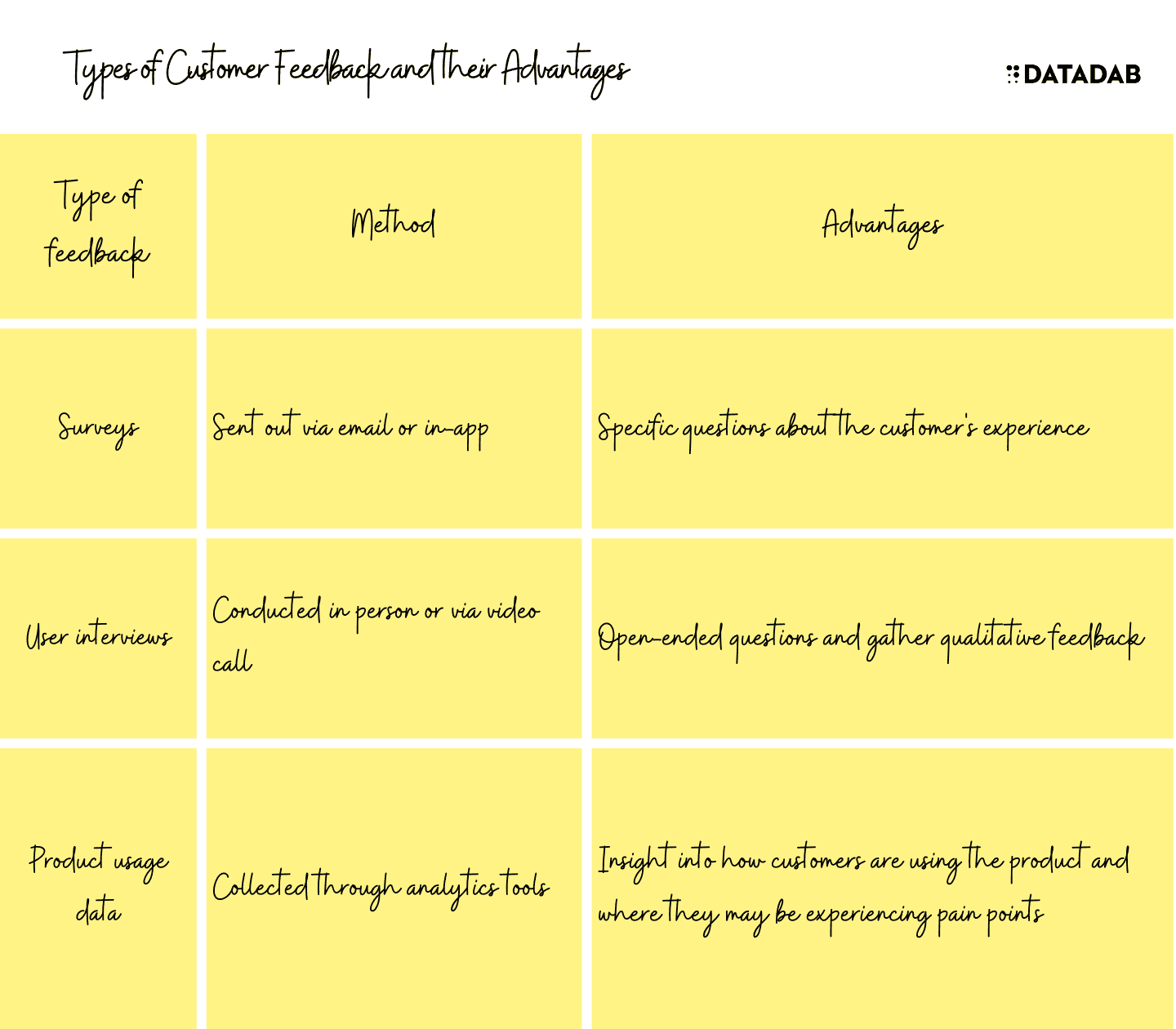
What you need to know
To fully understand the concept of customer-led growth, you need to know its core tenets. Here are the three most important ones:
- People don't buy products or services—they buy into what those products or services represent.
- Your company's branding should be built around your customers, not vice versa.
- Every aspect of your company should be designed with your customers in mind.
Now that you know the basics of customer-led growth, it's time to learn how to use it to grow your business!
Start by understanding who your customers are, what they want, and how they want it.
You should start by understanding who your customers are, what they want, and how they want it. You'll need data that helps you understand their goals and needs while using your site or product.
You might wonder if surveying your customers when they leave your site or unsubscribe from your email list is the only way to get this kind of data. There's some truth to that: customer surveys can provide valuable feedback on why people are leaving and what they dislike about what you're offering. But customer surveys are no longer the only method for gaining insights into customer satisfaction (or dissatisfaction).
Today, software tools allow businesses to collect these customer insights automatically. There's even a new category of software called Customer Success Management (CSM) platforms, which include powerful analytics capabilities for analyzing user behavior and gaining insights about overall satisfaction levels with specific products or features.
With access to these tools and basic web analytics software, you can start collecting the data you need to know more about why customers stick around or leave.
If you don't have access to a CSM platform—which is pretty pricey—then at least use web analytics software like Google Analytics so that you can get some basic metrics on user behavior on your website, such as bounce rate (the percentage of users that leave after viewing one page) and average session duration (how much time users spend on your website each session).
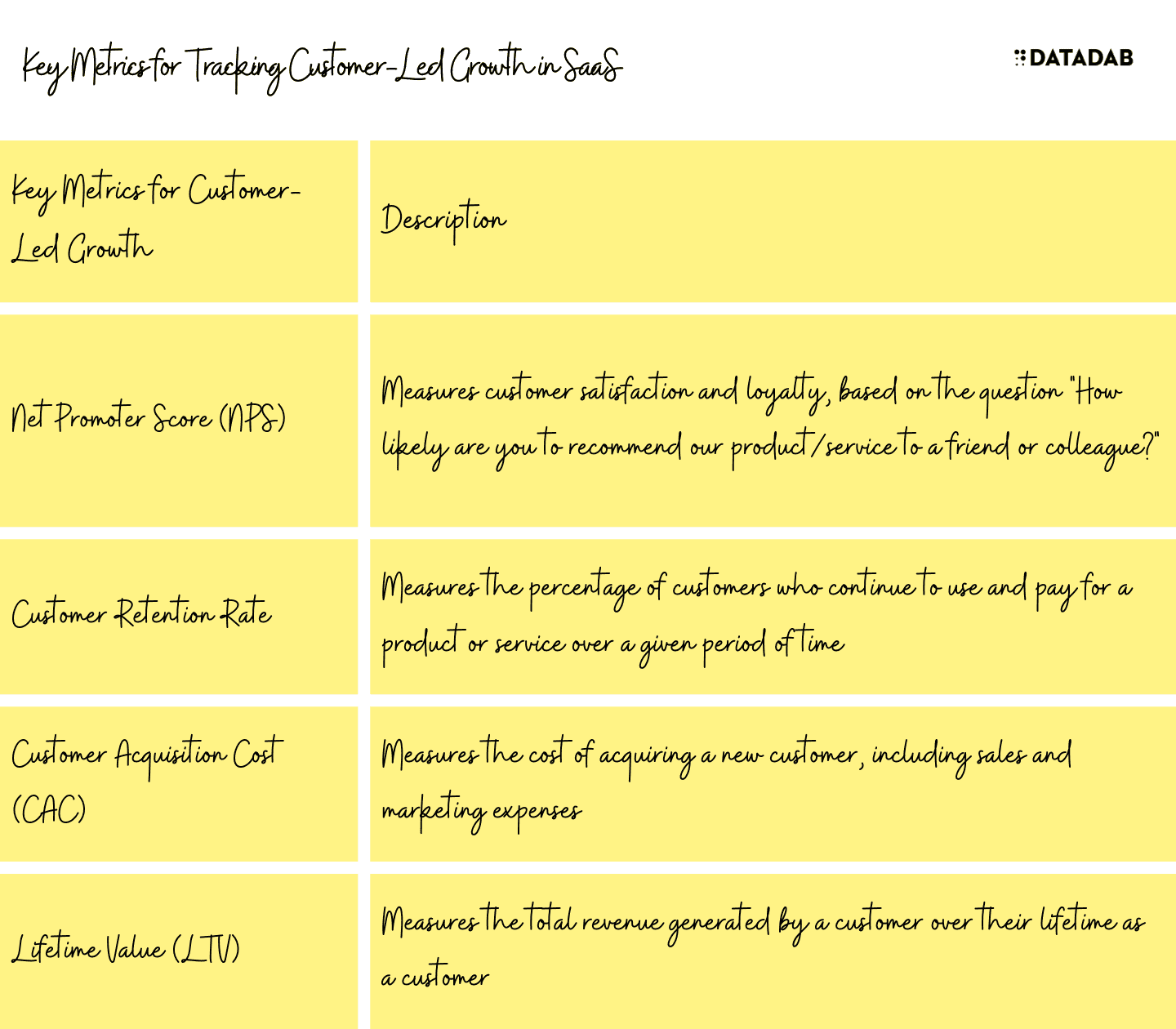
By analyzing this information, you can identify new opportunities for improvement within your organization.
So, how do you begin to identify opportunities for your business to improve?
To begin understanding what your customers value, you can:
- Ask your team members, and see if their interactions with customers reveal any needs not being met.
- Track user activity and engagement on your website and social media channels. Are customers interacting? How often? What posts are they responding to most often?
- Read customer reviews and feedback regularly. Does the same complaint or suggestion come up frequently? If so, it may be time to make some changes.
Then, track how well you're meeting those needs and how much engagement is happening regularly.
To start, you'll want to identify your customers' needs in common. For example, a person just starting with their company will likely have different concerns than someone who has been running their business for years. They're probably looking for community and mentorship from people in similar positions rather than advice from experts on fixing specific issues. You can also analyze your customer base based on demographic data (like age group or income bracket), which may help you discover the products they want most.
Once you've identified the needs, create content—and a whole experience—around them. If there's an opportunity to meet those needs through product features, make sure it gets built into whatever is being developed around them (and not just as a band-aid solution). The way your product addresses customers' pain points should be woven into every aspect of its design and messaging so it feels like a natural extension of what they already know about you as an organization - not something clunky or difficult to use!
Then, track how well you're meeting those needs and how much engagement is happening regularly by asking questions like:
- How long does it take for our current customers' problems with the product to be solved? What percentage of people have seen success after using this feature? How does that compare with past releases?"
Use those insights
Use those insights to make critical business decisions about products or services that need revamping, new features to add, or opportunities for revenue creation (if there's demand).
Breaking down the customer journey and identifying ways to give your customer a better experience is just one step toward improving your business. It's also crucial to have concrete data supporting (or disproving) the insights you gleaned from that customer journey analysis. You'll need specific metrics to measure how well you meet individual needs and expectations at each stage of the customer journey map.
Once you've gathered sound data, use those insights to inform critical business decisions about products or services that need revamping, new features to add, or opportunities for revenue creation (if there's demand). If a particular customer segment seems confused about existing features, write content educating them on how to use them properly. If customers seek information that doesn't exist on your website but could be beneficial as a new content piece, create it!
This process can also help scale up an existing offering or launch a new one entirely based on market demand - not just gut feelings about what might work best for customers based on limited qualitative research done through focus groups or surveys).
The last step of the CLG process is to develop a strategy. The strategy will consider the information gathered in the previous steps to be used as part of a larger growth plan. This should include identifying specific actions needed from each department, such as marketing, sales, and customer service.
This process can also help scale up an existing offering or launch a new one entirely based on market demand - not just gut feelings about what might work best for customers based on limited qualitative research done through focus groups or surveys).
TLDR:
- Listen to and analyze customer feedback. Customers have a lot of information to share, and you can do this by using a survey tool to collect feedback on the products and services automatically. When analyzing the data, look for patterns and trends in their responses. This will help you build personas or user profiles—fictional representations of your ideal customers based on common traits they share—that you can use to guide product development and personalize marketing communications.
- Use insights from feedback analysis to inform decision-making. While it's essential to understand who your customers are, it's even more important to know what they want from your business and how satisfied they are with what you're currently providing them. This can help you identify areas where your business is underperforming to make improvements accordingly. The key is listening closely enough so that customers feel heard and taken seriously—and making sure their voices help shape critical strategic decisions about your business going forward.
FAQ
What is customer-led growth?
Customer-led growth is a business strategy that focuses on understanding and meeting customers' needs to drive growth. This approach prioritizes customer satisfaction and retention over acquisition and often involves using customer feedback and data to inform product development and marketing decisions. By understanding customer needs and pain points, companies can create products and services that address these concerns, increasing customer satisfaction and loyalty and resulting in more sustainable growth.
What does it mean to be customer-led?
Being customer-led means that the needs and wants of the customer are at the center of all business decisions. This includes understanding their behaviors, preferences, and pain points and using their feedback to inform product development, marketing strategies, and customer service. It also means being responsive to customer complaints and concerns and taking steps to address them promptly and effectively. By placing the customer at the center of all decisions, companies can better understand their needs and create products and services that genuinely meet them, leading to increased customer satisfaction and loyalty.
What is product-led customer success?
Product-led customer success is a strategy that focuses on delivering a great product experience to customers to drive retention and growth. This approach involves using customer data and feedback to inform product development and enhancements and providing customers with the tools and resources they need to succeed with the product. By providing customers with a great product experience, companies can increase customer satisfaction and loyalty, leading to increased retention and growth.
What is product-led growth marketing?
Product-led growth marketing is a strategy that focuses on using the product itself as the primary driver of growth. This approach involves using customer data and customer feedback to inform product development and enhancements and using the product's features and benefits as the primary marketing message. This approach can be particularly effective for SaaS or other subscription-based products, as it focuses on providing value to customers over time rather than trying to make a one-time sale. By focusing on the product as the primary driver of growth, companies can create a product that customers want to use and recommend to others, leading to sustainable growth.
How does customer-led growth differ from traditional growth strategies?
Traditional growth strategies often focus on acquisition and scaling, with less emphasis on customer satisfaction and retention. On the other hand, customer-led growth prioritizes understanding and meeting customers' needs to drive growth. This approach can lead to more sustainable and long-term growth as it focuses on retaining and upselling existing customers rather than constantly acquiring new ones. Traditional growth strategies focus on acquiring as many customers as possible, whereas customer-led growth focuses on acquiring the right customers and keeping them satisfied, leading to long-term growth.
How do I gather customer feedback to inform my growth strategy?
There are several ways to gather customer feedback, including surveys, user interviews, and product usage data. Surveys can be sent via email or in-app, asking specific questions about the customer's experience with the product or service. User interviews can be conducted in person or via video call and provide an opportunity to ask open-ended questions and gather qualitative feedback. Product usage data can be collected through analytics tools, providing insights into how customers use the product and where they may be experiencing pain points. Gathering customer feedback is vital as it helps to understand customer pain points, preferences, and behaviors, which can be used to inform product development, marketing strategies, and customer service.
Additionally, it's crucial to have a system in place for tracking and responding to customer feedback promptly and effectively. This could include assigning a team member to monitor and respond to customer feedback, setting up automated email responses, or incorporating customer feedback into regular team meetings or product development sprints. Additionally, it is essential to analyze the data and feedback received and use it to make data-driven decisions that will improve the product or service, and ultimately drive customer satisfaction and growth.




